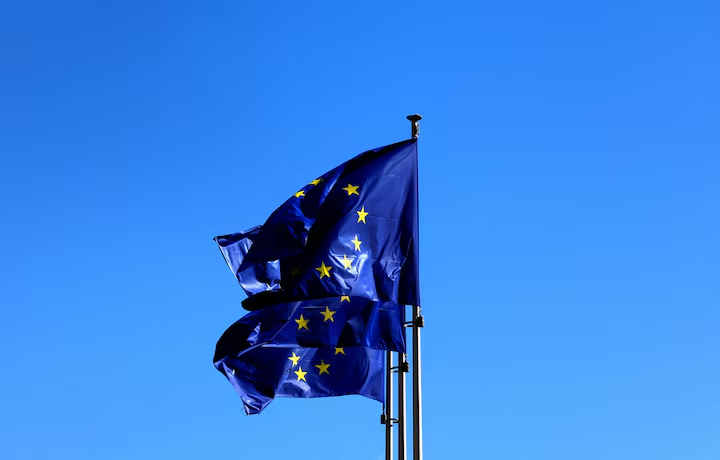The European Union is slowly coming to terms with what once seemed unthinkable — a 10% baseline tariff on most goods traded with the United States. As negotiations heat up ahead of a July 9 deadline, sources close to the talks say European officials now see this rate as likely unavoidable.
U.S. President Donald Trump has doubled down on using tariffs to address the trade imbalance with the EU, insisting that America won’t go below a 10% tariff floor. According to Commerce Secretary Howard Lutnick, the U.S. expects this “reciprocal tariff” to apply broadly to EU goods entering the American market.
Although EU negotiators are still pushing for a lower rate, the momentum is shifting. One senior EU official described the 10% figure as a “sticky issue” — not only is the U.S. unwilling to budge, but it’s also enjoying a revenue boost from current tariffs. Since the U.S. started collecting these duties, its negotiating leverage has only grown.
The European Commission has not publicly acknowledged any concession to the 10% baseline, but officials admit privately that overturning it is becoming increasingly unlikely. While Britain already signed a limited trade deal keeping the 10% rate, the EU had hoped for more favorable terms.
Trump has already hit the EU with steep duties: 50% on steel and aluminum, and 25% on cars. Now, without a finalized agreement by July 9, tariffs could surge to as much as 50% on many other goods, dramatically impacting cross-Atlantic trade.
The stakes are high. In 2024, the EU ran a $236 billion trade surplus with the U.S., meaning it stands to lose more if tariffs escalate. Trump argues these tariffs are necessary to protect American jobs and fund sweeping tax cuts.
U.S. officials have also bundled additional issues into the negotiations — from digital service taxes to food safety standards. Meanwhile, Trump has hinted at upcoming tariffs on pharmaceuticals, adding more uncertainty to already tense talks.

Industries across Europe are bracing for impact. Automakers like Mercedes, Stellantis, and Volvo have pulled or suspended financial forecasts due to trade unpredictability. While premium brands may survive a 10% tariff, mass-market manufacturers would feel significant pressure.
Some industry voices say accepting the 10% base rate might be the lesser evil. EU officials suggest that if all players are treated equally, the long-term impact on competitiveness could be manageable. Sectors like wine, spirits, and pharmaceuticals are now weighing whether a tough compromise is better than prolonged economic uncertainty.
With time running out, the EU faces a difficult choice: accept the baseline and stabilize trade — or risk a costly tariff war with its largest trading partner.



